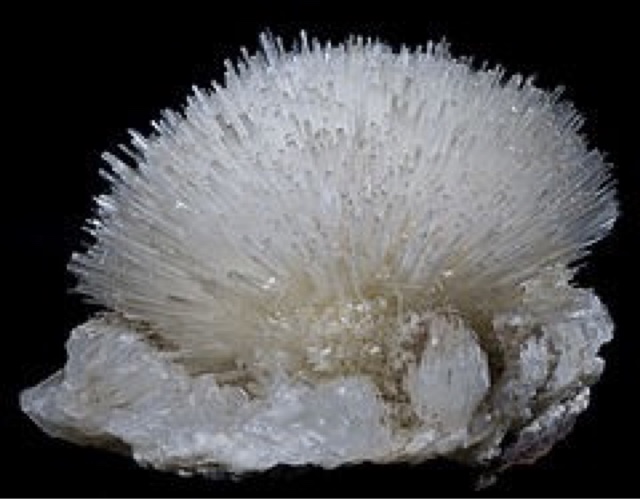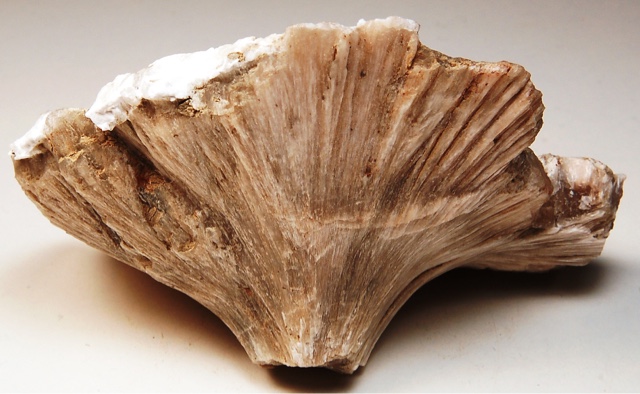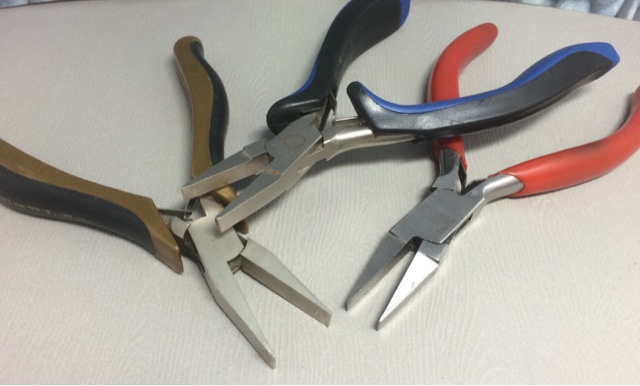A MINERAL is defined as a naturally occurring inorganic solid with a definite chemical composition, and an ordered atomic arrangement.
A mineral's chemical composition and lattice determines the physical properties of the crystal: outer shape, hardness, cleavage, type of fracture and specific gravity or density) along with opitical properties (color, streak, refraction of light, light/color effects or luminous and inclusions).
A CRYSTAL HABIT is the arrangement of crystal faces and type:
• Tabular
• Acicular
• Foilated
• Columnar
• Compact
For more crystal habits:
Twins, Triplets or Quadruplets refers to when two or more crystals are intergrown.
Twinning is when two crystals are grown together (Contact Twins) or intergrown (Perpetual Twins).
Apart from twinning, many crystals are intergrown irregularly into aggregates depending on their growth process:
• Filiform
• Fibrous
• Radial-Shaped
• Leaf-Like
• Shell-Like
• Scaly
• Grainy
Druse or Druzy is a glittering effect of hundreds of tiny, fine crystals on a rock fracture surface, vein, or within a geode.
Crystal Systems are dependent on the crystal's axes and angles at which the axes intersect.
• Cubic or Isometric: all three axes have same length and intersect at right angles.
Typical shapes: cube, octahedron, thrombic dodecahedron, pentagonal deodocahedron, iconic-tetrahedron and hexacisochedron.
• Tetragonal: three axes intersect at right angles with two being the same length on the same plane while the main axis is either longer or shorter.
Examples: 4-sided prisms, pyramids, trapezohedrons, 8-sided pyramids and double-sided pyramids.
• Hexagonal: 3 of the 4 axes are in one plane, are of the same length and intersect each other at angles of 120 degrees. The 4th axis which is of different length of the other 3 axes is at right angles to the others. Cross-section: 6-sided.
Examples: hexagonal prisms/pyramids, 12-sided pyramids and double-sided pyramids.
• Trigonal: same as hexagonal, except in symmetry. Cross-section is 3-sided.
Examples: 3-sided prism/pyramid, thrombohedra, and scalenohedra.
• Orthorhombic: 3 axes of different lengths are at right angles to each other.
Examples: basal pinacoids, rhombic prisms/pyramids, and rhombic double pyramids.
• Monoclinic: 3 axes, each of differing lengths with 2 at right angles to each other, and 3rd axis is inclined.
Examples: basal
pinacoids and prisms with inclined end faces.
• Triclinic: all 3 axes are different lengths and inclined to each other.
Example: paired-faced crystals.
Cleavage refers to the tendency of crystalline materials to split along definitive crystallographic structural planes. Depending on the ease of which a crystal can be cleaved differentiates between perfect, good, or imperfect. Some gemstones cannot be cleaved at all, and therefore have no cleavage.
Crystal Parting occurs when minerals break along planes of structural weakness due to external stress or along twin composition planes.
A Fracture is the breaking of a gemstone with a blow, producing irregular surfaces: conchoidal (shell-like), uneven, smooth, fibrous, splintery and grainy.
Optical Qualities
• Color
• Streak
This is the color of a crushed mineral or its powder. The color of the mineral can be different than the powder. This streak is used to distinguish two minerals with the same color.
Instead of crushing a mineral to detect its streak color, a streak plate is used. The streak plate is an unglazed piece of ceramic tile that is light in color. The mineral is swiped across the streak plate.
If a streak is colorless, it is sometimes referred to as white. Although white streaks are also referred to as white.
• Transparency
The transparency of a mineral is either translucent or opaque, and can be seen with the naked eye, using a powerful (strong) light source. If the light passes through the mineral, it is translucent.
• Luster
Many gems show striated light effects which do not relate to their body-color, and are not caused by impurities, or their chemical composition. The effects are caused by reflection, interference, or refraction.
• Adularescence is an interference phenomena of the layered structure of the mineral or gem.
• Asterism is the effect of light rays meeting at one point and enclose definite angles depending on the symmetry of the stone, causing a star to appear.
• Aventurescence is the colorful play of glittering reflections of small plate or leaf-like inclusions, caused by the stone containing hematite or goethite.
• Chatoyancy is caused by the reflection of light by parallel fibers, needles, or channels. (Cat's Eye)
• Iridescence is caused by cracks or structural layers breaking up light into spectral colors (rainbow-like hues).
• Labradorescence is iridescence in metallic hues (also known as Schiller) and is probably due to lattice distortions accompanying alternating microscopic exosolution lamellae.
• Opalescence is a milky-blue or pearly appearance caused by the reflection of short waves, mainly blue light.
• Orient is created through diffraction and interference of light by shingle-like layers of aragonite platelets near the pearl's surface.
• Silk is the reflection of fibrous inclusions or canals causing a silk-like appearance in faceted rubies and sapphires.
#CrystalHabits #CrystalStructure #WhiteColorStreak #Luster #Cleavage #Fracture























































